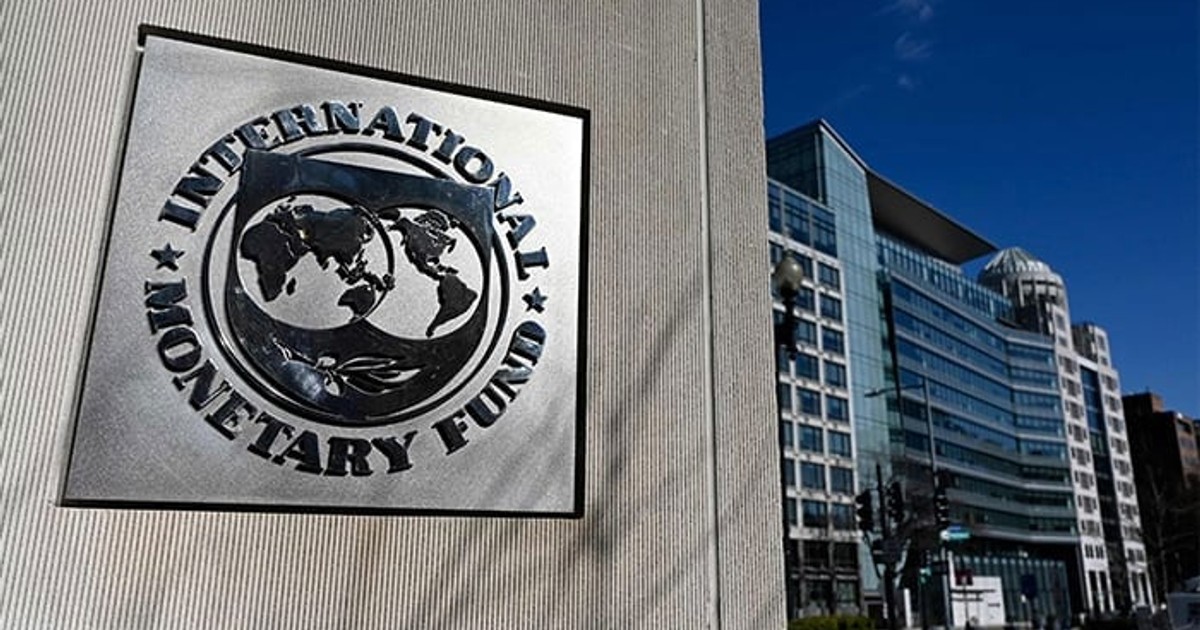In its October 2025 World Economic Outlook (WEO), the IMF highlighted slowing growth across major economies and noted risks such as tech-stock repricing and weakening institutional independence, which could affect policymaking.
As a result, global growth is projected to slow from 3.3 percent in 2024 to 3.2 percent in 2025, and further to 3.1 percent in 2026.
Advanced economies are projected to expand modestly, with growth averaging around 1.5 percent, while emerging markets and developing economies are expected to record a slightly stronger pace of just above 4 percent. The IMF attributes this divergence to differences in fiscal space, investment capacity, and demographic dynamics.
Inflation Trends and Economic Pressures
Globally, inflationary pressures are expected to continue easing, although the pace of decline will vary. The United States may experience inflation that remains above target levels, driven by persistent consumer demand and labour market strength, while other regions are likely to see more subdued price growth.
The U.S. Economy: Still the Global Anchor
The U.S. economy continues to anchor global output, buoyed by a resilient labour market and steady household spending. However, its growth forecast has been revised downward amid ongoing trade tensions, tighter financial conditions, and rising consumer prices.
Meanwhile, China’s GDP is projected to reach $20.7 trillion in 2026, about 35 percent below the U.S. total but still roughly three times larger than Germany’s. Structural challenges, including an aging population and prolonged weakness in the property sector, are expected to moderate growth to around 4 percent, marking its slowest sustained expansion in four decades.
In addition, tariffs on Chinese exports are likely to weigh on manufacturing output and global supply chains, further dampening the country’s growth outlook.
Africa’s Growing Economic Role
The continent’s GDP is projected to reach approximately $3.32 trillion in 2026, reflecting both steady foreign investment inflows and gradual post-pandemic economic recovery.
Investment activity across Africa has been robust. In the first half of 2025, China signed $30.5 billion in construction contracts with African nations, including major infrastructure projects such as railways in Nigeria and ports in Egypt. This figure represents nearly five times the amount recorded during the same period in 2024, according to research from Griffith University and the Green Finance & Development Center.
Additional capital inflows are expected from Europe, the Middle East, and Asia, as shifting trade alliances reshape global supply networks.
Risks and Structural Challenges
Despite the continent’s promising growth trajectory, Africa faces significant structural challenges. The African Development Bank (AfDB) estimates that the continent has an annual infrastructure financing gap of $108 billion, underscoring the need for sustained investment in transport, energy, and digital connectivity.
Other persistent obstacles include policy uncertainty, skill shortages, high youth unemployment, and rising debt burdens.
Top 10 African Largest Economies in 2026
